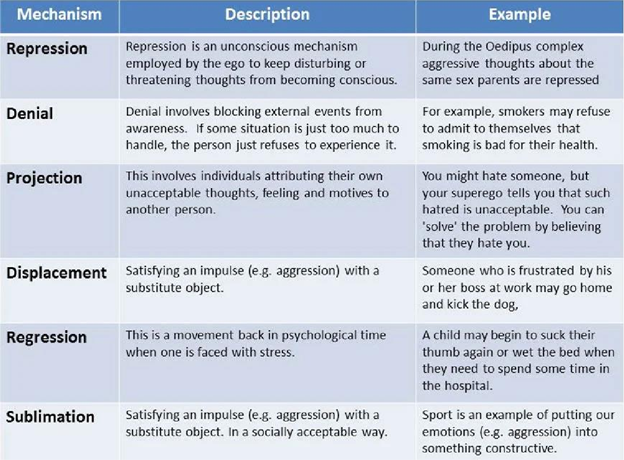A nurse is verifying informed consent for a client who is preoperative for a vaginal hysterectomy. Which of the following statements should the nurse identify as an indication that the client has given informed consent?
“I will have a large scar on my stomach after this procedure."
"I am thankful I am done having children."
"I should expect my periods to resume in 1 month."
"I will no longer need a regular gynecological examination."
The Correct Answer is B
Informed consent is a process where the healthcare provider explains the risks, benefits, and alternatives of a proposed procedure or treatment to the client. The client then demonstrates their understanding of this information and voluntarily agrees to undergo the procedure or treatment.
A. "I will have a large scar on my stomach after this procedure". This is incorrect for a vaginal hysterectomy, which does not involve an abdominal incision.
B. 'I am thankful I am done having children." This statement reflects an understanding of a key consequence of a hysterectomy, which is the removal of the uterus and the resulting inability to have children. This indicates that the client is aware of and accepts the major impact of the surgery on their reproductive capabilities.
C. "I should expect my periods to resume in 1 month.": This is incorrect because the removal of the uterus means the client will no longer have menstrual periods.
D. "I will no longer need a regular gynecological examination.": This is incorrect because regular gynecological examinations are still necessary to monitor overall reproductive health and screen for other conditions.
Nursing Test Bank
Naxlex Comprehensive Predictor Exams
Related Questions
Correct Answer is D
Explanation
Correct answer: D
a.Artificial flowers are generally considered safer than fresh flowers because they do not harbor water, which can be a source of bacterial growth. However, they can collect dust, which might carry pathogens, though this is typically a lesser concern compared to fresh flowers.
b. Being assigned to a room with negative airflow is actually beneficial for a client with an immunocompromised condition, as it helps prevent the spread of airborne pathogens.
c.Hard boiled eggs do not inherently increase the risk of infection. However, it is important to ensure that all food items are properly prepared, handled, and stored to minimize the risk of foodborne illnesses.
d. Fresh fruit can harbor bacteria and other pathogens on their surfaces, which can pose a significant risk to a neutropenic patient. Even with thorough washing, there is a higher risk compared to cooked or pasteurized foods.
Correct Answer is C
Explanation
Explanation:
Displacement is a defense mechanism in which an individual redirect their emotions or impulses from their original target to a less threatening or safer target. In this scenario, the client yells at the nurse when medication changes are prescribed by the provider. The client may be feeling angry or frustrated about the medication changes but is unable to express those emotions directly towards the provider. Instead, the client displaces those feelings onto the nurse, who may be seen as a safer or more accessible target. The yelling behavior directed at the nurse is a way for the client to release and express their emotions indirectly.
Let's briefly discuss the other defense mechanisms mentioned:
A- Conversion: Conversion involves the expression of psychological distress or conflict through physical symptoms or ailments. It is not applicable in this scenario since the client's behavior does not involve physical symptoms.
B- Splitting: Splitting is a defense mechanism characterized by a black-and-white thinking pattern, where individuals perceive others or situations as all good or all bad. It does not directly apply in this scenario as the client's behavior is not indicative of splitting.
D- Sublimation: Sublimation is a defense mechanism in which an individual channel their unacceptable or potentially harmful impulses into socially acceptable outlets, such as creative or productive activities. It is not evident in this scenario as the client's behavior does not involve transforming the emotions into a more positive or socially acceptable form.

Whether you are a student looking to ace your exams or a practicing nurse seeking to enhance your expertise , our nursing education contents will empower you with the confidence and competence to make a difference in the lives of patients and become a respected leader in the healthcare field.
Visit Naxlex, invest in your future and unlock endless possibilities with our unparalleled nursing education contents today
Report Wrong Answer on the Current Question
Do you disagree with the answer? If yes, what is your expected answer? Explain.
Kindly be descriptive with the issue you are facing.
